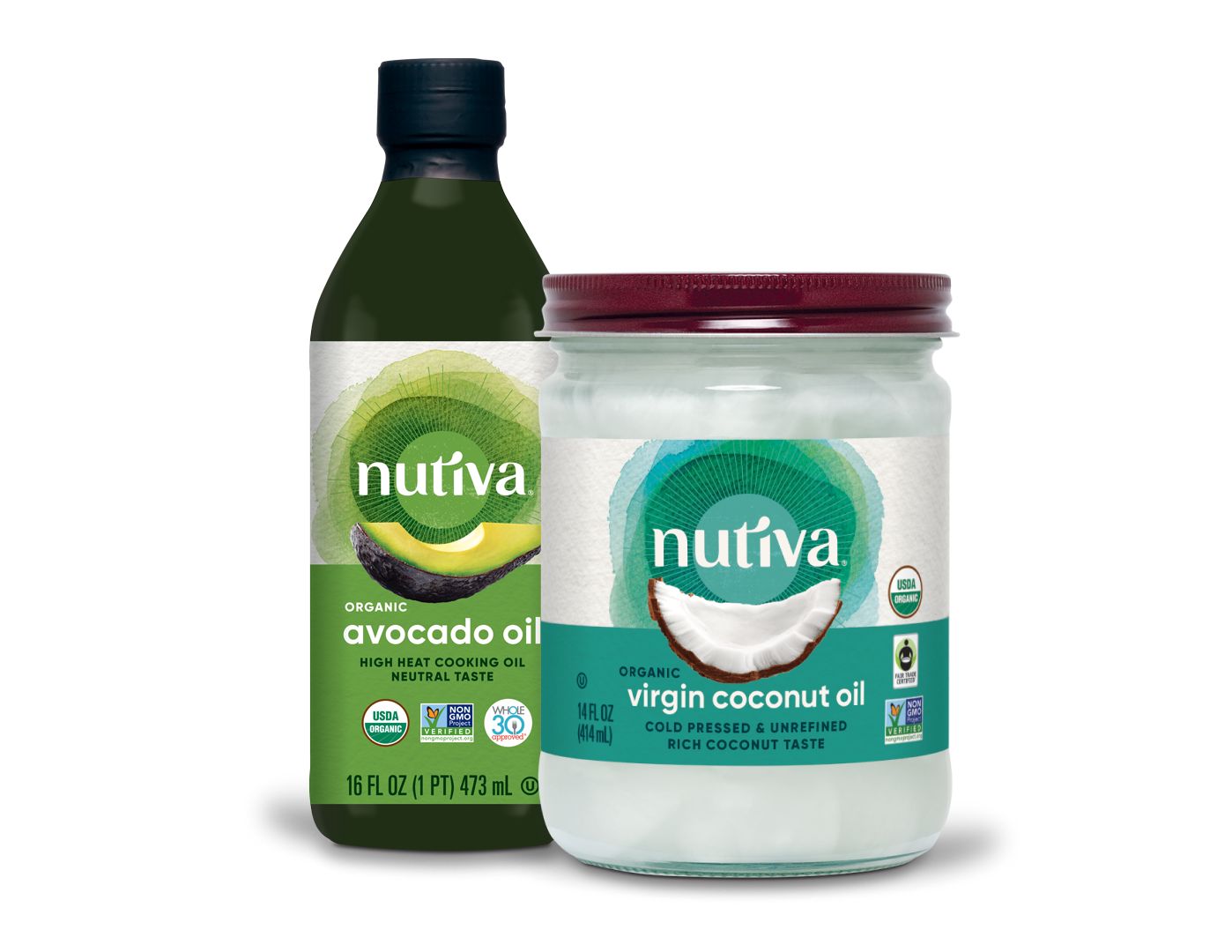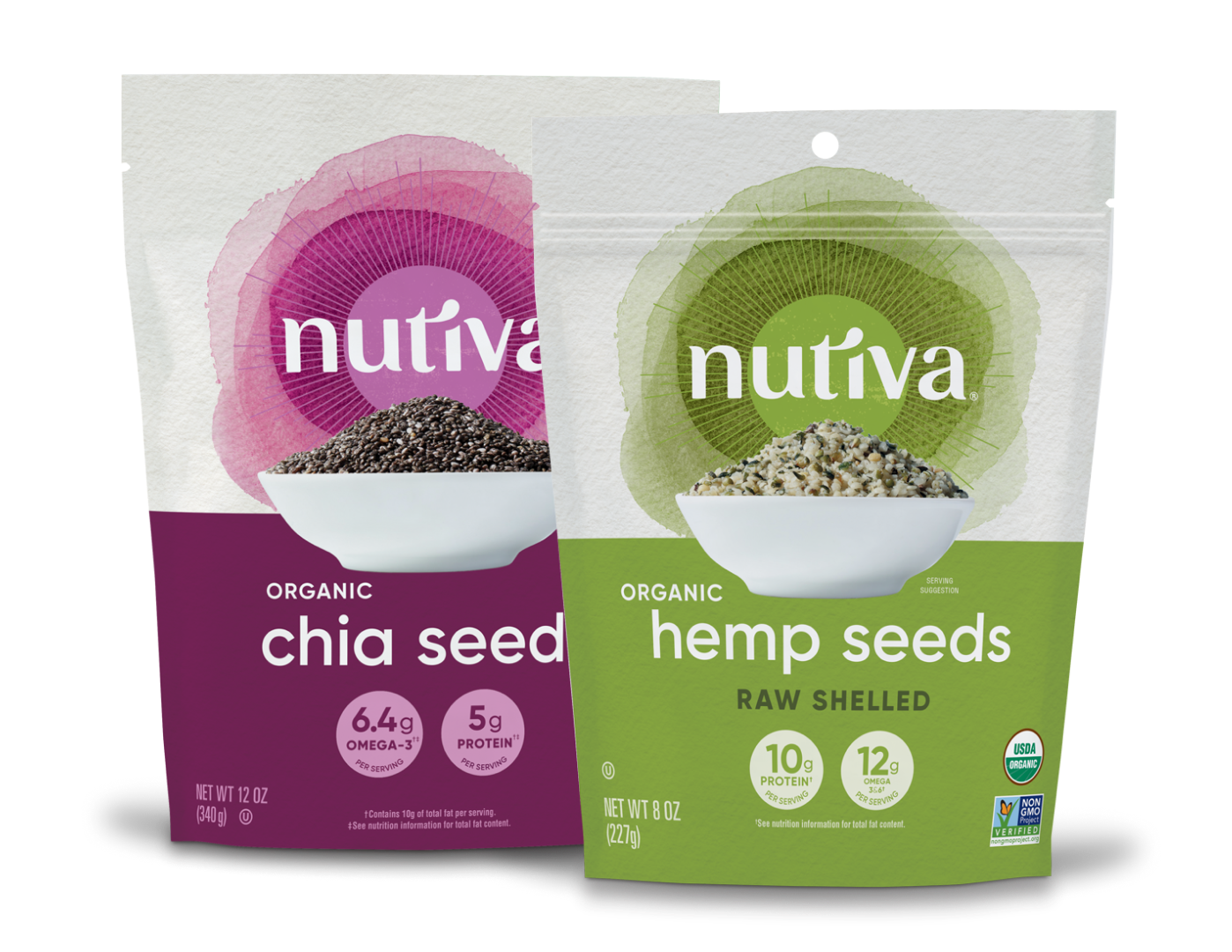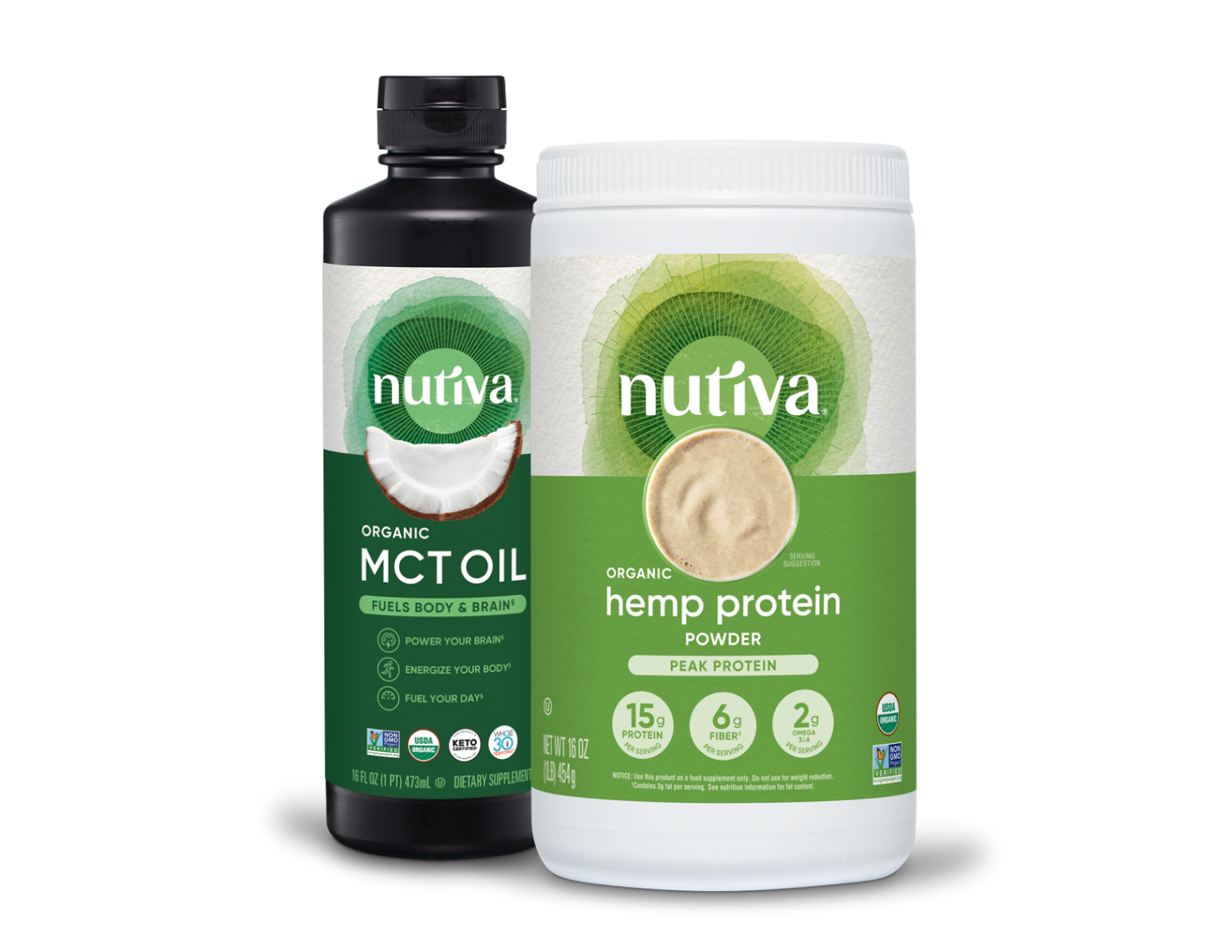13 things to know about coconut flour
We know that, while coconut flour is delicious, it can also take a lot of practice to perfect using it. Today we are providing 13 things to know about coconut flour with the hopes of speeding your practice-to-perfection along.
what is coconut flour?
Coconut flour is a versatile flour, finely ground from dried coconut meat.

why choose coconut flour?
Coconut flour has a lower glycemic index than traditional flours, and its rich texture and natural sweetness make it great for baking. It is a popular flour to bake with for those who follow any grain-restrictive diets, including the Paleo diet. Coconut flour is also naturally gluten-free and rich with protein, which makes it appealing to so many.
Click HERE to pin this for later!

- It is rich in protein, fiber and fat.
- It looks like wheat flour in appearance, but it neither smells, tastes nor acts like wheat flour when baking with it.
- Coconut flour cannot be substituted at a 1:1 ratio for other flours in recipes (i.e. You cannot swap 1 c. of coconut flour for 1 c. wheat flour.)
- Coconut flour is highly absorbent, and for this reason you will barely need any coconut flour to successfully produce a recipe.
- Almost always, coconut flour will require eggs when used in baked goods. Furthermore, coconut flour will require more eggs than the standard flour requires. This is because eggs act as the main binder.
- To make up for the lack of gluten, recipes will oftentimes add in some sort of additional protein to the mix (hemp protein powder tends to work well).
- Because it’s so thick, coconut flour works well as a thickener in things like soups and sauces.
- In addition to more eggs, coconut flour requires additional liquids in general (milk, lemon juice, apple cider vinegar, etc.).
- In order to get the lumps and bumps out of your coconut flour mixture, you’ll need to ensure all ingredients have been properly beaten together. Even better, sift coconut flour before adding to recipes.
- If you don’t like the taste of coconut, baking with coconut flour might not be your best option unless you plan to pair it with another strong flavor (like cacao, onion, garlic, etc.), since it has a distinct coconut flavor.
- Coconut flour is very dry. To offset a dry coconut flour recipe, you’ll need to ensure you use plenty of eggs and/or other high-moisture foods like cooked, pureed or mashed fruit and/or vegetables.
- Coconut flour alone doesn’t work well in recipes where you are trying to achieve a crispy texture (i.e. crispy cookies or crackers).
- Make sure to store your coconut flour in an airtight container (or even freeze it) since it absorbs moisture, as mentioned above.

Are you ready to give Coconut Flour a try? You could start with these Coconut-Manna Chip Pancakes?
If you need more ideas, we put together our Top 15 Holiday Inspired Recipes Using Organic Coconut Flour.

We’d love to hear your own thoughts and tips on successfully using Coconut Flour!









